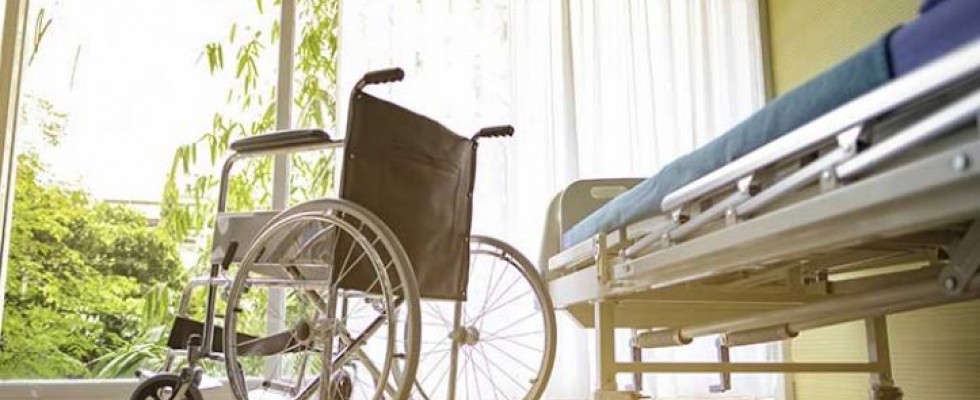
As baby boomers and their families prepare for their care and future medical needs, a loved one’s end-of-life care can be a difficult and daunting topic. As a home health and hospice business owner, you will find your patients navigating end-of-life care as well. What does that mean for your business and the families your company serves?
There are some key points that can help you help the families you serve, from family caregiver education to understanding industry changes to updating policies and procedures to assist families before, during and after hospice care.
Bridging the Gap Post-Care
Hospice care is difficult for almost every family. You can help families by arming them with education on what to expect before, during and after hospice care. An important aspect of education that is often overlooked is what happens after a loved one has passed away.
Many families are left with durable medical equipment rentals, pharmacy autorefills, oxygen tanks and other equipment. These items can feel overwhelming, confusing and even frustrating for those negotiating life without someone. You can mitigate these obstacles by ensuring you have a staff member who follows up with families after hospice care has come to an end. Bridge the gap of hospice care to offer healing for the caretakers. Start the process while assessing a new hospice patient by creating an action item list of everything—equipment, pharmacies, home medical equipment providers, etc.—that is in use or will be brought in for care.
Make sure the list has clear contact information, including: company name, products they send and any other important information the family will need when the time comes to cancel services. Keep a copy for yourself and provide a master list to the family so everyone has access to this information. Creating organized, easy-to-access information is a great way to support families during the grieving process.
After a client has died, your agency can support the family by assisting with ending services or returning equipment. Many families feel left in the dark making endless phone calls and being pestered for equipment such as oxygen tanks they did not know needed to be returned. Helping a family transition to life after the loss of loved one is an important part of your business.
What Is Hospice Responsible For?
If your agency brought the equipment in, take responsibility for returning the equipment to your HME partners for restocking to relieve the burden on the family. This should be done within a week of death, barring any cultural restrictions. Equipment may include:
- Hospital beds
- Oxygen tanks
- Portable oxygen concentrators
- Bedside commodes
- Infection control items
- IV supplies (if administering IV medication)
Also, ensure all medications are disposed of properly. Medication disposal should happen upon declaration of death, to prevent family members from removing any controlled substances from the home.
Changes Ahead
There are some big changes coming in 2020. Staying in the know will help any hospice agency remain current on the trends in comfort care and changes to relevant policy. It is important to prepare and know how these changes—such as the Patient-Driven Groupings Model, which is scheduled to begin Jan. 1, 2020—will affect your business.
Knowing the impact these changes will have on your business will better prepare you for what to expect for your reimbursement, your staffing model and, most importantly, the care you provide in home health and hospice.
Be a Resource
Successful home health and hospice agencies provide the community and their patients and families with an abundance of resources. The more prepared about the hospice care experience—and the more understood—families and patients feel, the more secure and supported they find themselves.
The word hospice brings a wide array of emotions, confusion and misconceptions in the community. People often believe initiating hospice care means that the end of life is imminent—within days or even hours. Some family members may believe that a loved one will no longer be cared for at all. It is important for providers to remember that they have an obligation to put families’ and patients’ minds at ease and to arm them with knowledge, resources and education.
Share the resources available on the National Hospice and Palliative Care Organization website (nhpco.org) when introducing families to hospice care. Build a bridge between your agency, the community and families to create a support system through the process of hospice and palliative care.
As the Center to Advance Palliative Care writes:
“Meeting patients with palliative care in the community and ‘where they are’ on the care continuum prevents unnecessary hospitalizations; decreases inpatient stays, readmissions and total cost of care; and increases patient satisfaction, all critical measures for health systems and payers alike.”
Hospice is based upon the belief that each person has the right to die pain free and with dignity, and that families will receive the necessary support to allow this. When the health community embodies these values and supports patients and their loved ones with the necessary tools, training, care and resources, home health agency owners can be assured that you embody the meaning of the care you give—supporting the community and your business alike.
